Curious Realizer - monochrome was the palette of the unreal, envy and nostalgia
Remembering a time of limited television entertainment options and how it looked and felt
I grew up watching more black and white television than colour1. This is something you’d expect a Boomer to write, not a Gen X kid. And now I’m wondering how much of an effect monochrome TV had on who I am today.
I watched about ten episodes of the original Outer Limits TV series this year. After purchasing our most recent television, Roku enabled, the series showed up after a quick search. I started with Harlan Ellison’s classic story Demon With a Glass Hand, starring Robert Culp, then skipped around the first two stark seasons.
I was able to use my over-qualified HDTV colour television to watch these episodes. As far as I know you can only watch those early seasons in monochrome. I think I heard the TV sigh from boredom a few times when it thought I wasn’t listening. Colour TV has been child’s play for decades, so I probably insulted the TV with monochrome programming, like taking a Formula One racecar to the grocery store once per week, then heading straight home.
Today it’s hard to believe we were ever restricted to monochrome TV - colour television has been around longer than I have. Colour television debuted in the United States in the early 1950s and established a solid programming base by the end of the decade - it took a few more years for colour TV sets to become the norm. In Canada, colour broadcasting first started in 1966, just one year before it debuted in the UK2. But it took years for enough Canadians to buy color television sets to topple the monochrome viewing monopoly.
I was born 52 days before Armstrong and Aldrin landed on the Moon: probably more people than not watched the momentous event on black and white TV, even in 1969. My family moved to a rural community in 1975, miles away from the nearest population centre. At best we could get two Canadian and two US TV channels on our television. My parents figured it didn’t make sense to splurge on colour television so monochrome it was.
Televisions in those days were made up of CRTs (cathode-ray tubes), with phosphorescent screens that were sprayed up to 25 - 30 times per second by electron guns, painting patterns that became the pictures we saw on the screens. Black and white TVs used a single electron gun3 and worked within a monochrome palette. Fun fact: turning off a black and white TV caused the TV picture to shrink into a single white dot that would fade away as the television set fully powered down. Clearly, this was a signal that you had just seen an illusion that, like memory, condensed and faded to nothing when you took the power away.
Watching The Outer Limits reminded me of the way that monochrome television was illusory. Like the earlier motion pictures, monochrome television was a window into other places. Television served two purposes in those days: to inform the watcher about the news and current events happening in the physical world; and to display imaginary worlds created with theatrical stages and limited special effects. The monochrome palette was a cue that you were seeing something unreal. News footage was framed by the soundstage and broadcast studio that brought it to our homes, as were the sitcoms and dramas we watched. Outdoor shots looked more like our world but surely they were somewhere else!
True: you could easily break the monochrome spell with a quick look around your home. Remember, though, that televisions were the original screens that people became addicted to. More often than not your eyes remained fixed on the screen, no matter what was happening around you.
What monochrome television lacked in colour it made up for in contrast, at least when you could get a decent TV signal. Shadows seemed darker, lighter shades brighter and the images on your screen could become incredibly crisp. Beads of sweat would erupt under hot studio lights. With limits came subtlety and dramatic possibilities with a sure hand at the camera. Shadows were as much a part of a scene as a chair or a door. Emotion was intensified by how much of the face and body were hidden and how brightly the visible parts were lit.
All this to say: black and white television signaled the unreal and the dramatic, available to you in your home. The constraints could actually enhance your viewing experience, as long as a poor signal or a faulty CRT didn’t break the spell.
Unfortunately, for some of us, black and white was also the palette of envy. The lure of both colour and cable television was strong for those of us who lacked both. It was like going from vanilla and chocolate ice cream to almost 40 different tastes both in terms of picture vibrancy and the variety of available programming.
Colour television wasn’t subtle – it knew its job. Early colour television technology was certainly colourful and could adequately convey the vibrancy of autumn leaves, as an example, but it lacked crispness for years until the technology advanced to the point where it could outperform black and white television at both contrast and colour.
When I was a teen colour television was the firmly established status quo. I hated being stuck with monochrome TV. Shiny, vibrant and cool, our primitive color TV sets set the standards in the 1970s and 1980s while their sound quality increased over time. Perhaps it was mimetic desire at its best but colour TV was like Gatsby's green light. Years of watching my beloved science fiction shows like Space: 1999, Star Trek, Battlestar Galactica and The Six Million Dollar Man in black and white was deprivation. Monochrome television was the equivalent of being more than 4 versions behind on your smartphone.
After years of begging from my brother and I, my parents finally relented and bought our first colour television, probably around 1983. At last, we had joined civilization! Now we could turn our envy to the measly four TV channels we could get on our occasionally fickle TV antenna, unlike our friends and schoolmates in town. Even more years would elapse before cable television found its way to my rural route, but our four TV stations were no longer limited to salt and pepper screens.
These days monochrome television makes me nostalgic for my youth. Now I think that watching a ludicrous show like Space: 1999 (a show I still love to this day) in black and white was the right experience. Think about the Moon (the show’s setting) for a moment. The Moon is a colourless orb, full of rocks, dust and vacuum – the recent TV series For All Mankind doubles down on this. Black and white is the perfect medium for a sterile environment, its desolation and loneliness accentuated by the bleakness. This is what the first astronauts would have seen, after all, with the only colour provided by the yellow sun, the cloudy bluishness of the Earth, and whatever hues the astronauts brought with them in their frail, foil covered landers.
Elsewhere, monochrome.
The beleaguered characters of Space: 1999 were dealing with the biggest collective case of homesickness in broadcast television: their Moon was propelled from Earth’s orbit, wandering through space: unable to return. If you’re living on a satellite far, far away from our home planet, it makes sense for the environment do some of the heavy emotional lifting. Space: 1999 made up for what it lacked in acting, plot and pacing by embracing mood and the bleak monochrome palette delivered.
The simplicity of monochrome mirrored my own rural experience: feeling inadequate and just out of reach of normalcy. Years later I can look back to the simplicity with some fondness. Black and white accentuated some of the fantastic while it hid other things. Black and white was still television and I could appreciate what I did have; the occasional glimpses of colour elsewhere provided hopeful dreams of a more complete and realistic picture of the world, if you really wanted it.
Now, in the 21st century, having grown up on years of black and white television makes me a rarity, if not special. We’re literally a dying breed, those of us who grew up watching monochrome. These days, you’d have to carefully manage your media consumption to simulate the effects of growing up with monochrome television. Maybe, in a small way, this is why I am so drawn to notebooks in this electronic age: is black ink on white paper my way of trying to evoke the feelings of an earlier, more limited time?
Don’t get me wrong: I’d never forsake my HDTV and the almost limitless media options that I have today. But I appreciate them more from intimately knowing the constraints of monochrome television and from my memories of another time with a simpler environment. Sometimes it was lonely, often it was frustrating, but today I take pride in having that experience.
FADE TO BLACK
Now over to you: did you grow up lacking a common technology or experience? How do you feel it shaped your childhood and your adult life? Any regrets? Or did it make your life better? Share your thoughts in the comments!
I am nothing if not inconsistent in my use of British and American spellings.
Did you know that as of 2017 there were still 7,000 black and white television licenses in the United Kingdom?
CRT-based colour televisions used three guns working in concert, manipulating red, blue and green lights and combining them in ways to create the desired picture.




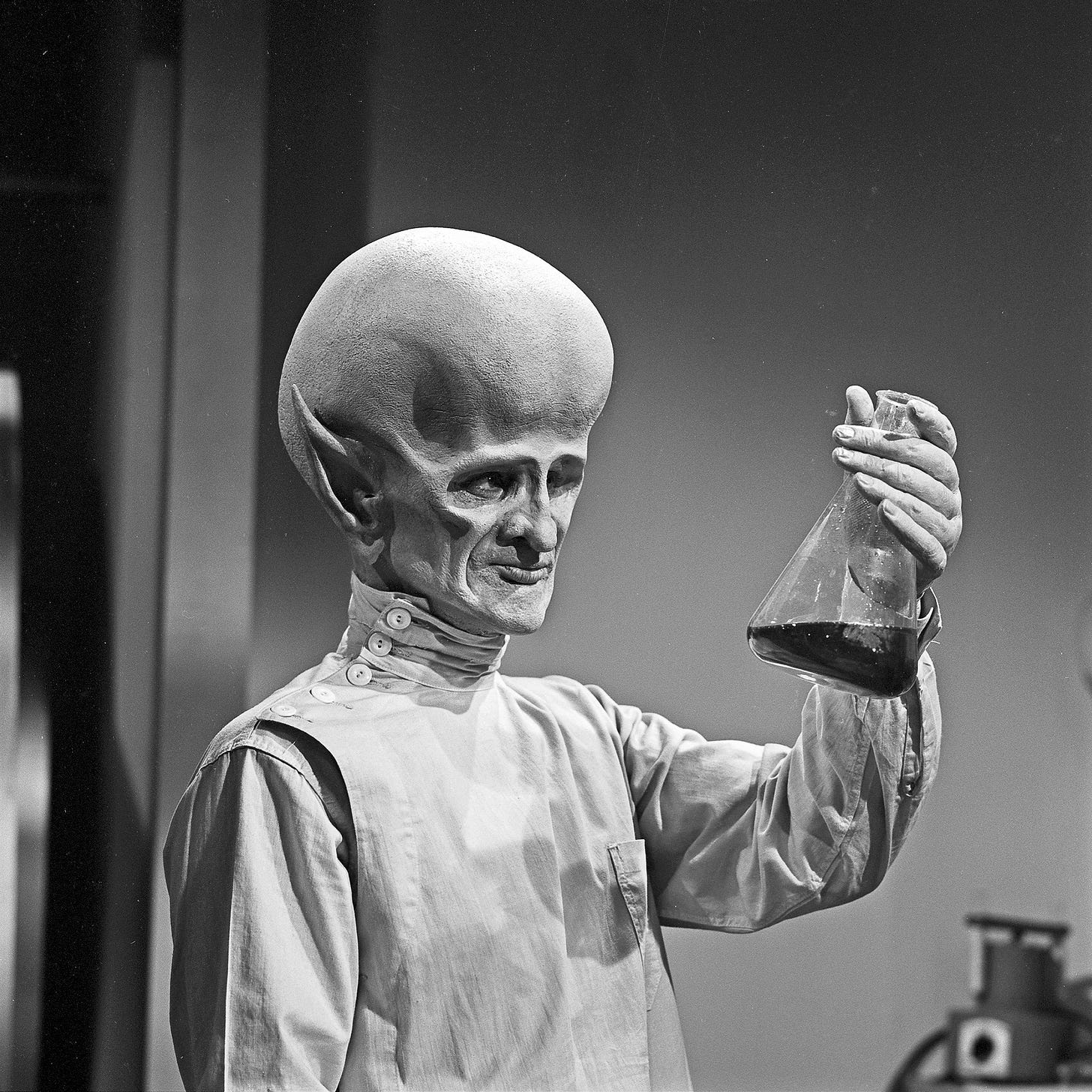
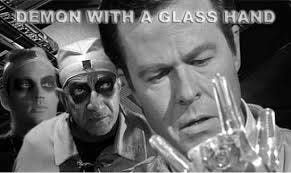
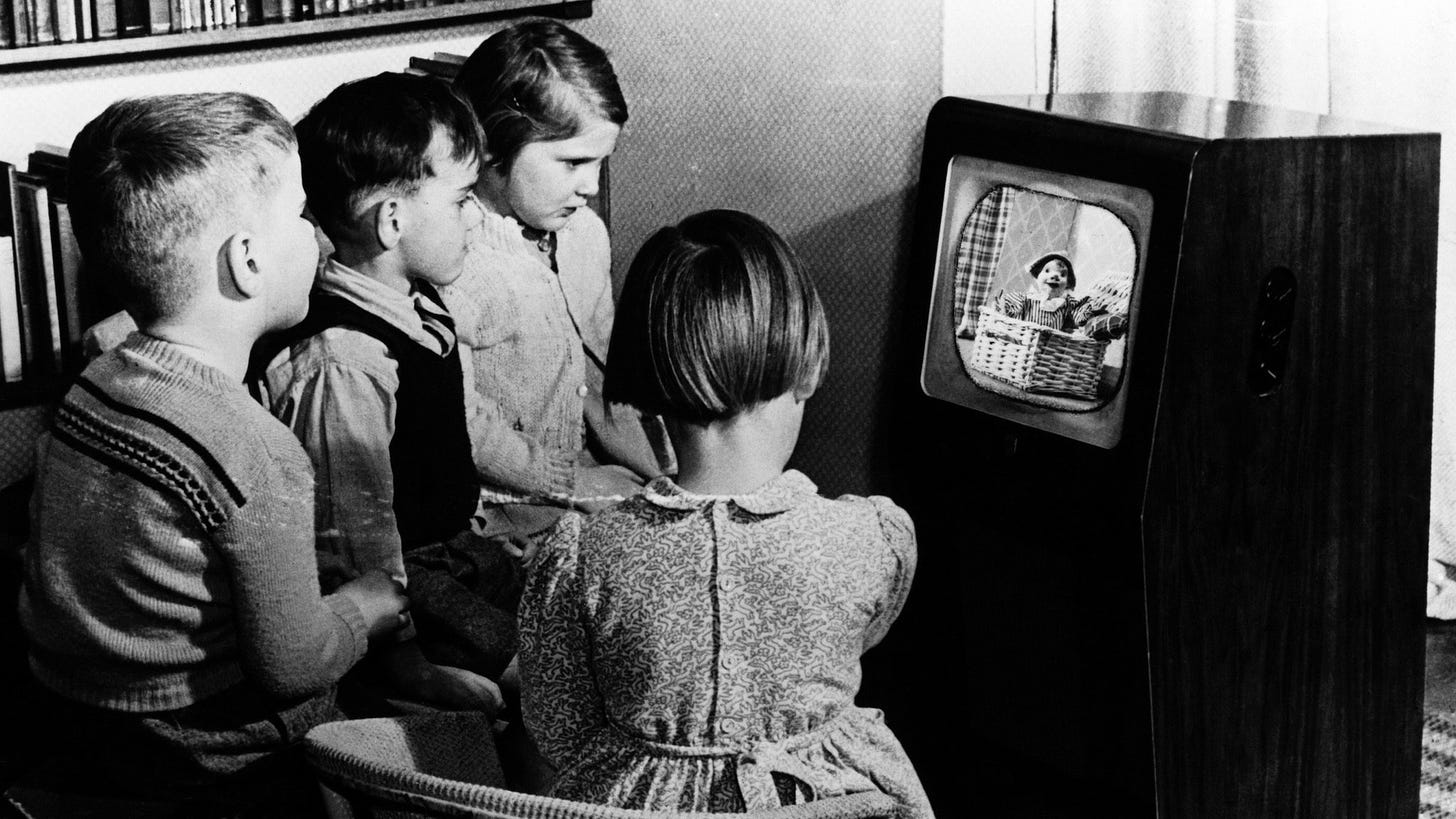
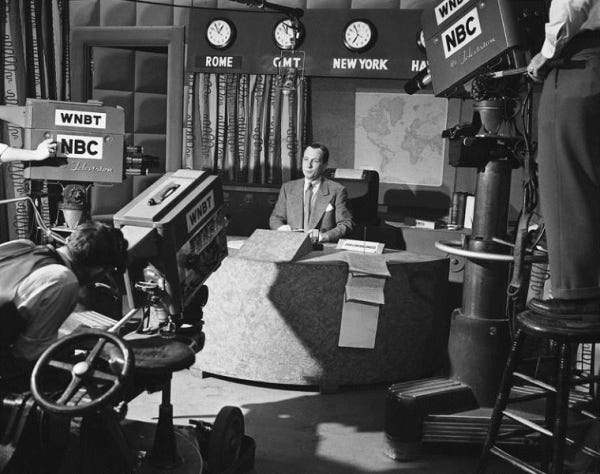
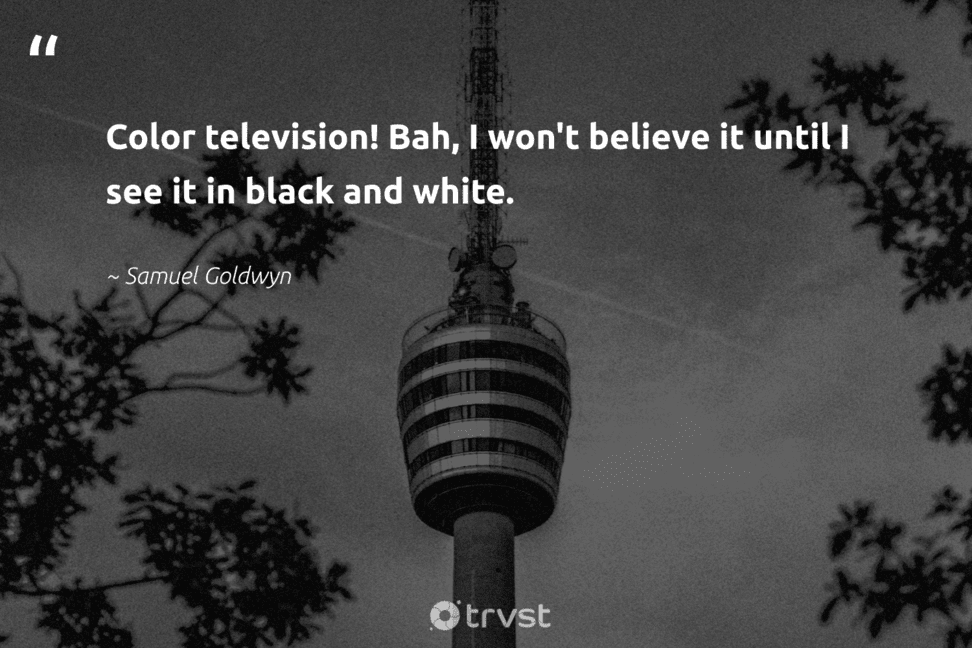
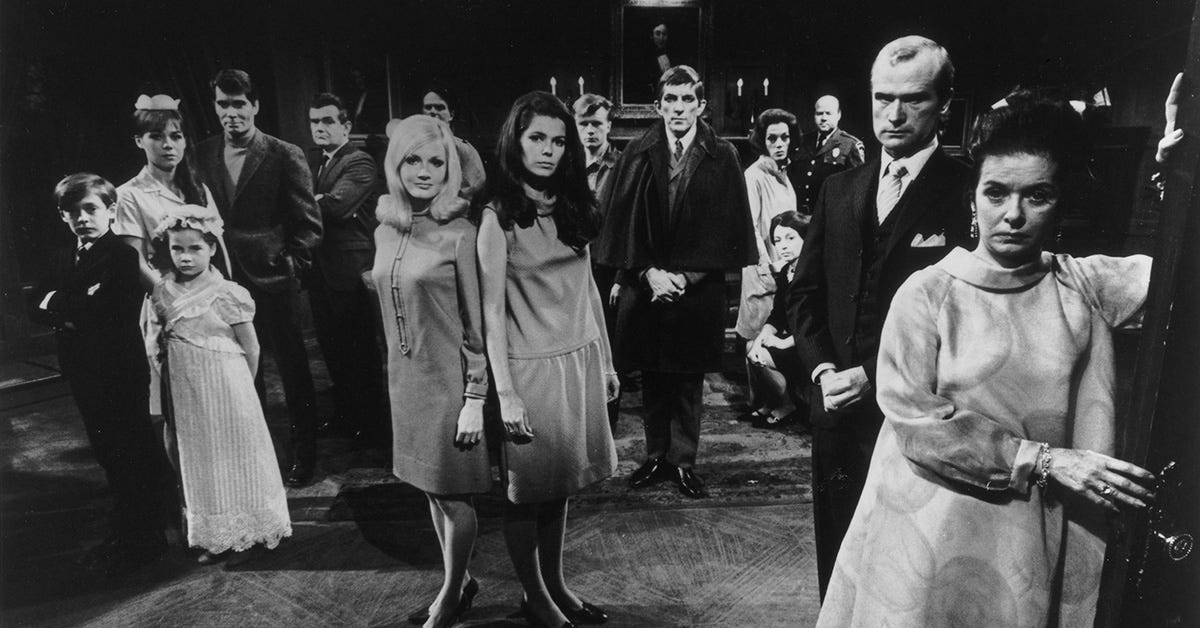
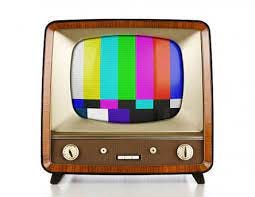
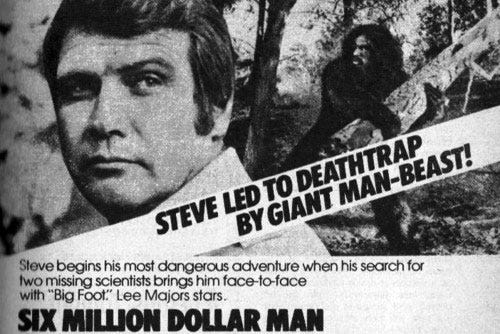
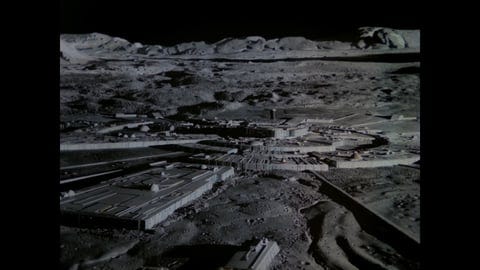
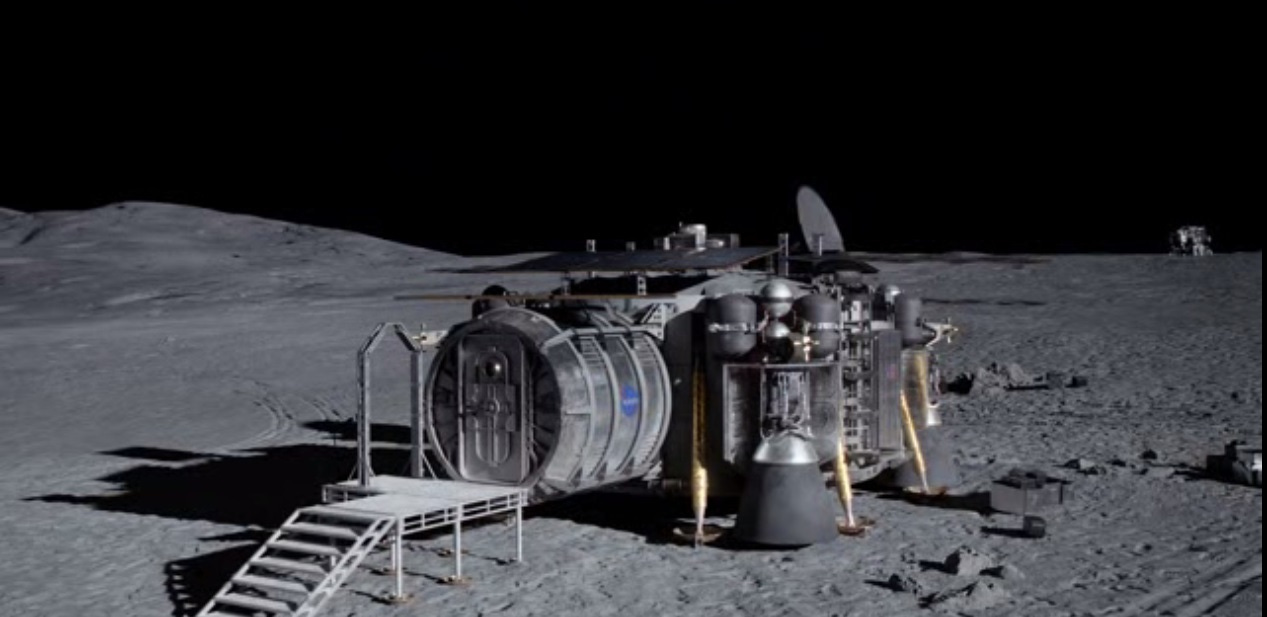

Great post, Mark!
It's reminded me again of that brilliant snooker commentator, Ted Lowe, saying: "...and for those of you who are watching in black and white, the pink is next to the green"!
I'll never forget when we got our first colour telly. We kept the black-and-white one too. One weekend Dad and my brother wanted to watch the 1938 Errol Flynn film 'The Adventures of Robin Hood' at the same time that Mum and I were going to watch something on the other side. We'd been going to toss a coin to determine who'd be watching which telly, until Dad said 'Robin Hood's in black and white anyway, so we'll watch it on that.'
Turns out it was an early Technicolor film... but we didn't find out until our shorter film was over and Mum switched the colour telly over to watch the end of Robin Hood. Oops! ;o)
I think I saw someone else comment on this, but even while we had color pretty early (aside - my single mom only had a b/w tv in our living room, but my grandfather gave me a little color tv for my bedroom and told my. mom "she should watch cartoons in color" - good grandpa, not a great dad h), we always had one of those little portable b/w tvs - that was longer than it was wide with a handle on the top - in the kitchen. Even when one of my stepdads had the picture-in-picture tv, we still had that little portable b/w guy in the kitchen.